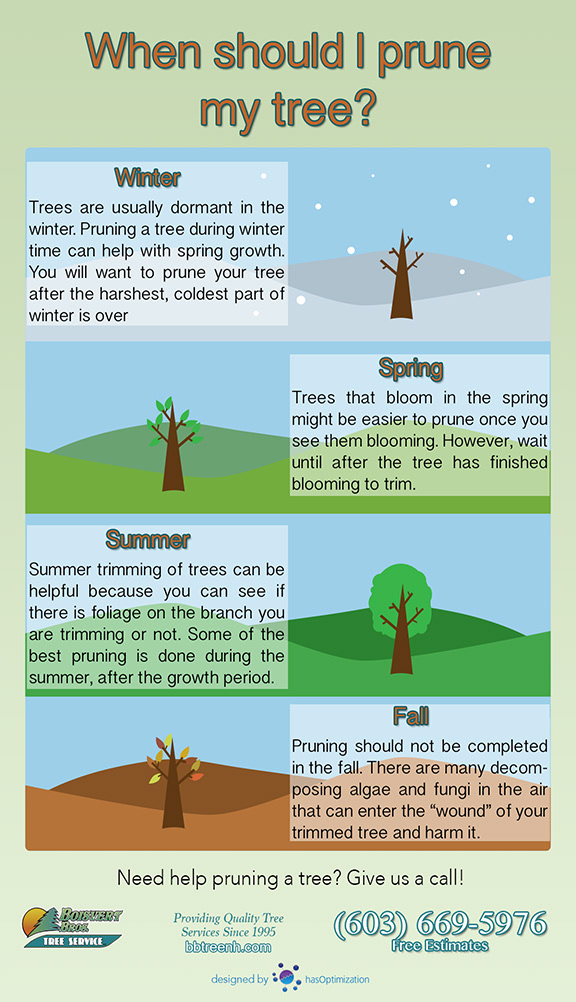Tree Treatment Throughout The Seasons: Best Practices For Taking Care Of Trees Prior To And Following Removal
Tree Treatment Throughout The Seasons: Best Practices For Taking Care Of Trees Prior To And Following Removal
Blog Article
Material Develop By-
When it concerns seasonal tree treatment, making sure correct monitoring prior to and after removal can substantially impact the health and wellness and appearances of your landscape. By comprehending the required actions involved in evaluating tree health and planning for elimination, you can proactively secure your building. But what concerning the vital methods to comply with when the tree is gone? Stay tuned to discover the important post-removal treatment steps that will aid you cultivate a thriving and lasting atmosphere for your trees.
Pre-Removal Tree Care
Prior to attending to the elimination of a tree, it's critical to focus on pre-removal tree care. Beginning by assessing arborist ropes and architectural stability. Look for signs of condition, parasite problems, or any type of structural concerns that might posture a safety danger throughout elimination. It's important to speak with a licensed arborist to establish the very best course of action.
Pruning dead or infected branches can stop more damage to the tree and ensure a smoother removal process.
Additionally, think about the ecological impact of eliminating the tree. Trees play a vital duty in our environment, so growing a new tree in an ideal location can aid balance out any type of loss. Make sure that you have the necessary authorizations and approvals for tree elimination, particularly if the tree is secured by regional regulations.
Seasonal Upkeep Tips
Assessing your tree's requirements throughout the year is critical for its wellness and durability. To maintain your trees in top condition, comply with these seasonal upkeep suggestions.
In spring, focus on trimming to get rid of dead or broken branches and encourage brand-new growth.
Summertime asks for regular watering, especially throughout dry spells, to guarantee your tree remains hydrated.
As autumn strategies, keep an eye out for early signs of condition or stress, and think about applying compost to shield the origins throughout winter season.
In winter months, beware when getting rid of snow from branches to stop damage, and continue to monitor your tree's general health.
Keep in mind to readjust your treatment routine based upon the certain demands of your tree types and regional climate. By staying attentive and positive throughout the periods, you can aid your trees grow and thrive for several years to find.
Post-Removal Tree Treatment
To make certain the health and wellness of your landscape even after tree elimination, correct post-removal care is important. After a tree is removed, it's critical to fill up the staying opening with topsoil and portable it to prevent settling. This will aid maintain the stability of the ground and avoid potential risks in the future.
Consider planting new vegetation in place of the removed tree to restore the equilibrium and visual appeals of your landscape. Frequently Source Webpage to advertise the growth of brand-new plants and stop soil disintegration.
Inspect the surrounding trees for any type of indications of condition or stress that may have been caused by the gotten rid of tree. Keep an eye out for insects that could've been attracted to the previous tree and take preventive measures to protect the remaining vegetation.
If needed, seek advice from a professional arborist to examine the influence of the elimination on the bordering trees and identify any extra treatment required. By following these post-removal care actions, you can make sure the ongoing health and beauty of your landscape.
Conclusion
To conclude, positive seasonal tree care is important for maintaining the health and equilibrium of your landscape. By evaluating tree health, trimming, and consulting with an arborist before elimination, you can guarantee a risk-free procedure. After elimination, filling the hole, planting brand-new vegetation, and normal watering will certainly promote new growth and protect against erosion. Keep in mind to evaluate surrounding trees for disease and look for more care actions from an arborist to keep your landscape prospering.
